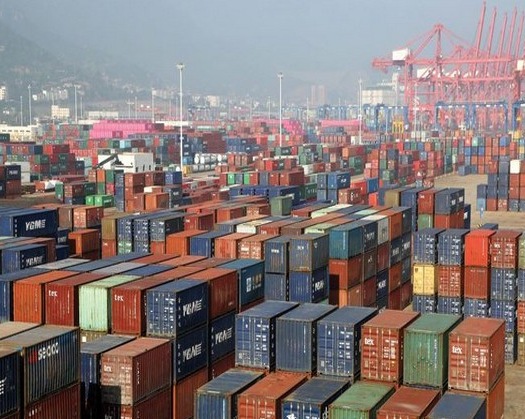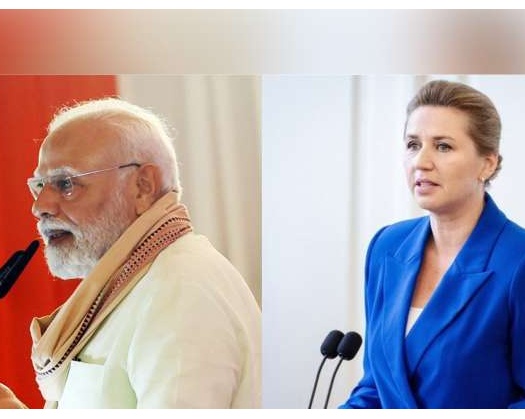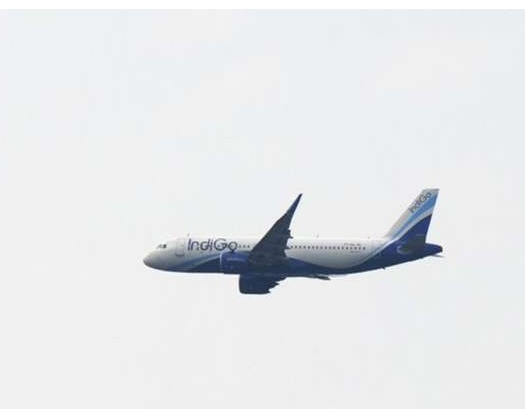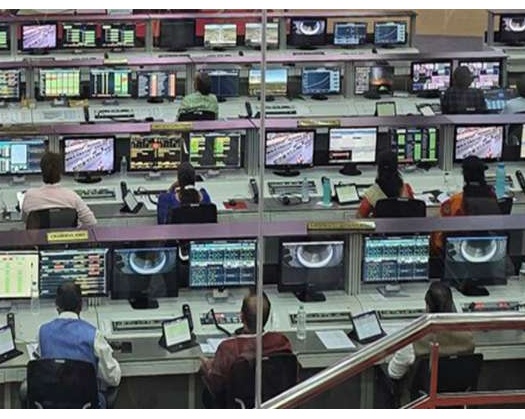New Delhi: The logistics market in India, valued at Rs 9 trillion for the fiscal year 2023, is poised for substantial growth, projected to reach a valuation of Rs 13.4 trillion by the fiscal year 2028. This anticipated expansion is attributed to a compounded annual growth rate (CAGR) of 8-9 per cent, as detailed in a recent report by Motilal Oswal.
This surge in growth is being propelled by fundamental shifts, technological progress, and governmental efforts aimed at diminishing logistics expenses and enhancing infrastructure.
The unveiling of the National Logistics Policy in September 2022, has established objectives to refine India's logistics framework. The policy emphasizes the augmentation of railways' role in freight transportation (currently occupying 18 per cent of the market share) through the development of dedicated freight corridors (DFCs), the enhancement of road infrastructure, and the expansion of inland waterways.
The initiation of DFCs, which have reached a completion rate of 96 per cent as of April 2024, is anticipated to augment the capacity and efficiency of rail freight, thereby increasing its proportion within the overall modal mix.
Furthermore, the government's strategy towards port privatization has resulted in the enhancement of infrastructure and operational efficiency at Indian ports, benefiting key operators such as Adani Ports and Special Economic Zone (SEZ) (APSEZ) and JSW Infrastructure.
Currently, India's logistics costs as a percentage of GDP stand at 14 per cent, a figure significantly higher than the 8-9 per cent benchmark observed in developed nations.
This disparity is largely due to the disproportionate modal distribution, with roads accounting for 71 per cent of freight transportation, railways and waterways contributing significantly less to the logistics sector.
To address these inefficiencies, the government has undertaken critical initiatives, including the implementation of the Goods and Services Tax (GST) and substantial investments in road infrastructure, inland waterways, and dedicated freight corridors (DFCs).
These strategies are projected to lower the logistics cost-to-GDP ratio to the 8-9 per cent range in the forthcoming years, thereby aligning India with international standards.
The logistics sector is characterized by its extensive diversity, which includes road transport, rail transport, air cargo, multimodal logistics, and industrial warehousing, among other areas.
Within the domestic express logistics segment, there is a projected acceleration in growth, anticipated to achieve a Compound Annual Growth Rate (CAGR) of 14 percent from FY23 to FY28, primarily attributed to the expansion of e-commerce.
The market is currently dominated by organized entities, who hold approximately 80 percent of the market share. These entities are poised to further strengthen their position, taking advantage of governmental policies such as the e-way bill and the Goods and Services Tax (GST).
Furthermore, the less-than-truckload (LTL) segment within the road transportation sector is set to experience significant growth, with an expected Compound Annual Growth Rate (CAGR) of 10 percent.
This growth is being driven by an increased demand for smaller, more frequent shipments that circumvent warehouse storage and directly deliver goods to retailers.









